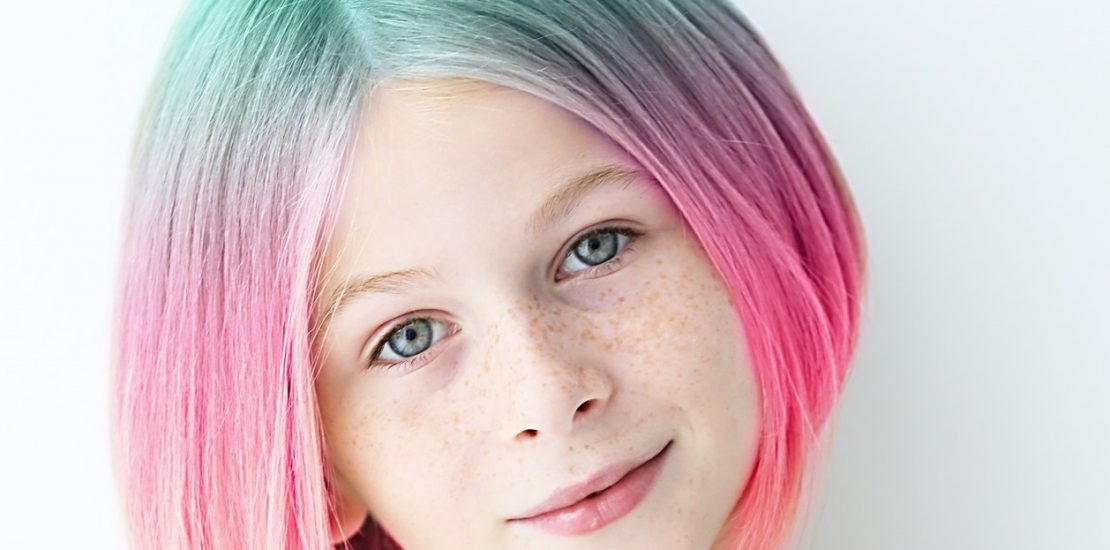- 03/11/2020
- Posted by: Mantry
- Category: Hair

Advances in hair-dyed cosmetics and an increased freedom of self-expression in ‘alternative’ forms have recently given rise to a lot of controversy about whether children should be able to color their hair and how old this is.
There are definitely many kids who dream of pastel pink unicorns or electric blues; but what are the risks of hair dyeing on kids and what are the right items to use when we are going to dye the hair of our kids? You should also know about the disadvantages of children’s hair dyeing.
Is it safe?
One of the key things to note is that children appear to have much finer hair. As they grow, children’s hair (and skin) undergo several changes, making them more likely to respond and more vulnerable to hair damage.
What are the available safe ways to change children’s hair color?
Many research indicates that children who are prepubescent should stop coloring their hair entirely but be careful of what products if your child wants to use hair dye. Prior to puberty, the hair of a child is usually thinner and more delicate, and even the gentlest hair color formula can be easily harmed.
Semi-permanent and vegetable dyes are also better, since the hair shaft is not infiltrated by temporary colors. However, it is always important to check what components they contain (avoid harmful hydrogen peroxide, alias bleach and ammonia) and to always check for allergies by using a patch test. If you are using a wash-in colorant, your child must be able to sit still for at least 20 minutes; he must be sufficiently mature not to touch, floppy or lie down.
When you have selected your teeth, think about how you want to apply it: scanning is gentler than using films to ‘highlight’ that can be a powerful heat conductive system and dehydrate hair easily. This prevents direct contact with the scalp if done correctly. A ‘dip dye’ appearance also means that the color can be removed in a simple trim instead of a dramatic chop if it does not wash completely.
Options for low-risk
You may recall sticky spray dye and mascara walls of old, but the perfect solution for long sittings or the chance of dyeing across the bathroom and pillows is hair chalk.
Finally, it is your duty to let your kids try temporary hair dyes or to wait a couple of years. The most crucial thing is that any product used is as temporary and gentle as possible and that the expectations of your child are controlled for what the product might look like and how it will last. When they are older, they have plenty of time to unintentionally bleach their hair orange.
